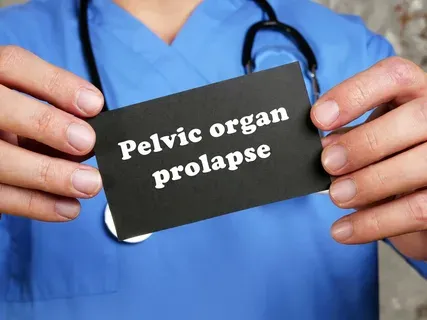Pelvic organ prolapse (POP) represents a common yet often misunderstood condition that affects a significant portion of women, particularly as they age. This condition occurs when the muscles and tissues supporting the pelvic organs weaken, leading to the descent or drooping of pelvic organs into or outside of the vaginal canal. This comprehensive guide delves into the causes, symptoms, and innovative treatment options available for pelvic organ prolapse, aimed at restoring quality of life and minimizing discomfort.
Causes of Pelvic Organ Prolapse
Pelvic organ prolapse is primarily caused by a weakening of the pelvic floor muscles. Factors contributing to this weakening include:
Childbirth: Vaginal deliveries increase the risk of damage to the muscles and tissues supporting pelvic organs.
Aging: Natural loss of muscle tone and strength as part of the aging process can lead to POP.
Menopause: Decreased estrogen levels during menopause contribute to reduced muscle strength and elasticity.
Chronic Pressure: Chronic coughing, constipation, and obesity can exert ongoing pressure on the pelvic region, exacerbating the risk of prolapse.
Identifying Symptoms of Pelvic Organ Prolapse
Recognizing the symptoms of pelvic organ prolapse is crucial for timely and effective treatment. Common symptoms include:
Sensation of Pressure: A feeling of pressure or fullness in the pelvic area, often described as sitting on a small ball.
Urinary Issues: Difficulty in bladder control, frequent infections, or urinary incontinence.
Bowel Control Problems: Constipation or straining during bowel movements can be indicative of a prolapse.
Sexual Discomfort: Pain or uncomfortable sensations during sexual activity, which can affect intimate relationships.
Innovative Treatment Options for Pelvic Organ Prolapse
Non-Surgical Treatments
Pelvic Floor Therapy: Specialized physical therapy to strengthen pelvic muscles and support the organs.
Pessary Devices: Silicone devices inserted into the vagina to support and hold pelvic organs in place.
Surgical Treatments
Minimally Invasive Surgery: Procedures like sacrocolpopexy, performed laparoscopically to correct prolapse with less recovery time.
Traditional Surgery: For severe cases, procedures such as anterior and posterior colporrhaphy may be necessary.
Lifestyle Adjustments
Dietary Changes: High-fiber diets can alleviate constipation, reducing strain on pelvic organs.
Weight Management: Maintaining a healthy weight reduces pressure on pelvic muscles.
Conclusion
Understanding pelvic organ prolapse is essential for effective management and treatment. By recognizing the causes and symptoms, women can seek timely medical advice at a specialized women's hospital in Hyderabad. At Little Stars & She Hospital, a range of treatment options tailored to their specific needs is offered, emphasizing the facility's role as a leading Gynecology Hospital in Hyderabad. Ongoing research and innovations in treatment promise to improve outcomes for those affected by this condition, enhancing their quality of life and overall well-being.

